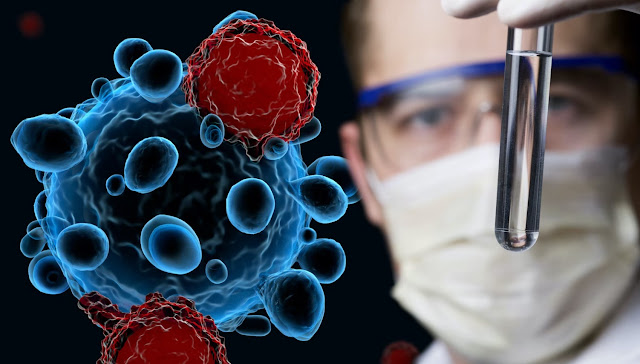The Poultry Vaccine Lifecycle From Hatchlings To Layers
 |
| Poultry Vaccine |
The
Poultry Vaccine lifecycle plays a
vital role in safeguarding the health and well-being of chickens, from
hatchlings to layers. It is a comprehensive process that involves strategic
planning, rigorous testing, and meticulous administration of vaccines to
protect these birds from a wide range of infectious diseases.
The
lifecycle begins at the hatchery, where newly hatched chicks are vulnerable to
diseases due to their underdeveloped immune systems. Vaccination at this early
stage is crucial to provide them with immunity against common viral infections
like Newcastle disease and infectious bronchitis. Vaccines are administered
through various routes, including in vaccination, where the vaccine is injected
into the egg before hatching, or through spray vaccinations in the hatchery.
According To Coherent Market
Insights, The Poultry Vaccines
Market Was Valued At US$ 1,766.4 Million In 2022 And Is
Anticipated To Grow At A CAGR Of 7.92% From 2023 To 2030 To Reach US$ 3,240.2
Million.
As
the chicks grow, they receive further Poultry
Vaccine to bolster their immune responses. These vaccinations are carefully
timed to ensure optimal protection at critical stages of development. Vaccines
for diseases like Marek's disease and coccidiosis are administered to enhance
immunity against these potentially devastating infections.
Once
the chicks mature into pullets, nearing the point of lay, they undergo
additional vaccination regimens. These vaccinations aim to shield them from
diseases that might impact egg production and overall productivity. Infectious
bursal disease (IBD) and avian influenza are examples of diseases that are of
concern during this stage. The vaccines used are meticulously chosen to provide
maximum protection without compromising the quality of eggs.
Upon
reaching the laying phase, layers are regularly vaccinated to maintain immunity
and to prevent disease outbreaks in the flock. Vaccinations for common diseases
like fowl pox, egg drop syndrome (EDS), and Salmonella are critical to
safeguard both the layers' health and the eggs they produce.
Throughout
the Poultry Vaccine lifecycle,
strict biosecurity measures are implemented to prevent the introduction and
spread of diseases within the flock. Regular health monitoring and disease
surveillance are conducted to identify any potential risks promptly.
Nasal Vaccines represent an emerging frontier in vaccine research,
employing live, weakened, or inactivated pathogens that can be efficiently
delivered through nasal aerosols. By capitalizing on the nasal-associated
lymphoid tissue, these vaccines aim to provide targeted immunity against
specific infectious agents.
Overall,
the Poultry Vaccine lifecycle is a
well-organized and crucial process that aims to protect chickens at every stage
of their development. From hatchlings to layers, strategic vaccination plays a
pivotal role in maintaining a healthy and productive flock, ensuring a stable
supply of eggs while upholding animal welfare standards. Continuous research
and advancements in vaccine technology further contribute to improving poultry
health and meeting the demands of a growing population's need for poultry
products.



Comments
Post a Comment